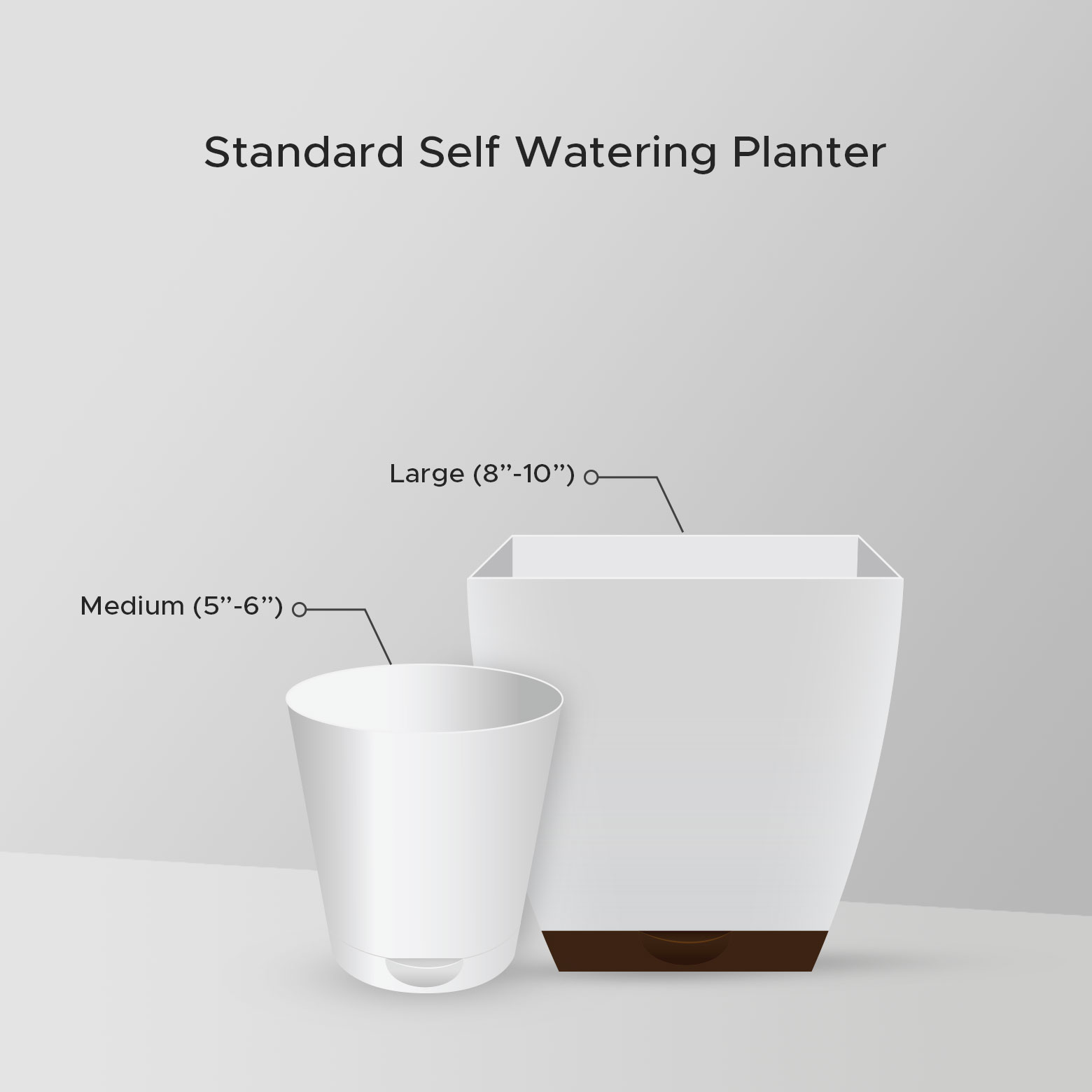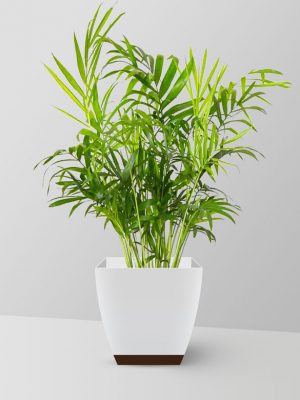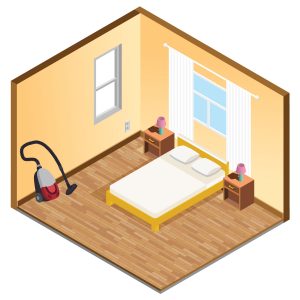Know your Plant
- It is a succulent also known as medicinal plant and Lily of the Desert.
- Stiff Upright, foliage is usually light green spiky leaves with white spots, turns grey as it matures.
- It is easy to grow and maintain.
- It is one of the best purifying plants for removing formaldehyde.
- Clear gel in the leaves is packed with powerful antioxidants, full of vitamins, enzymes, amino acids & other compounds that are effective for healing and burns.
- The gel has antibacterial & anti-inflammatory properties.
- Used to fight cancer, type2 diabetes, gastric ulcers, & hearth disease, promotes oral hygiene.
- It releases oxygen and absorbs carbon dioxide at night, should be considered for bedroom.
Plant Essentials
Light
Direct Light to semi – Sun / filtered sun.
Temperature
Average to warm temperatures (18-24°C). Can tolerate cooler temperature. Avoid cold drafts.
Water
Water when dry (may be once in 10-15 days). Good drainage is needed. Do not over-water.
Media
Use a standard commercial potting soli / cactus compost with good drainage.
Fertiliser
Apply Half Strength balanced liquid fertiliser 2-3 times from spring to autumn.


Potting
Plant in a pot that fits the root ball. Repot every 2-3 years.
Other Tips/ Info
Pot up baby off sets that appear next to the parent plant.
Preferred Pot Size
4-8 inches
Maximum Height
2 feet
Approx. Spread
2 feet
5/5
(1 Review)


















1 review for Aloe Vera
There are no reviews yet.